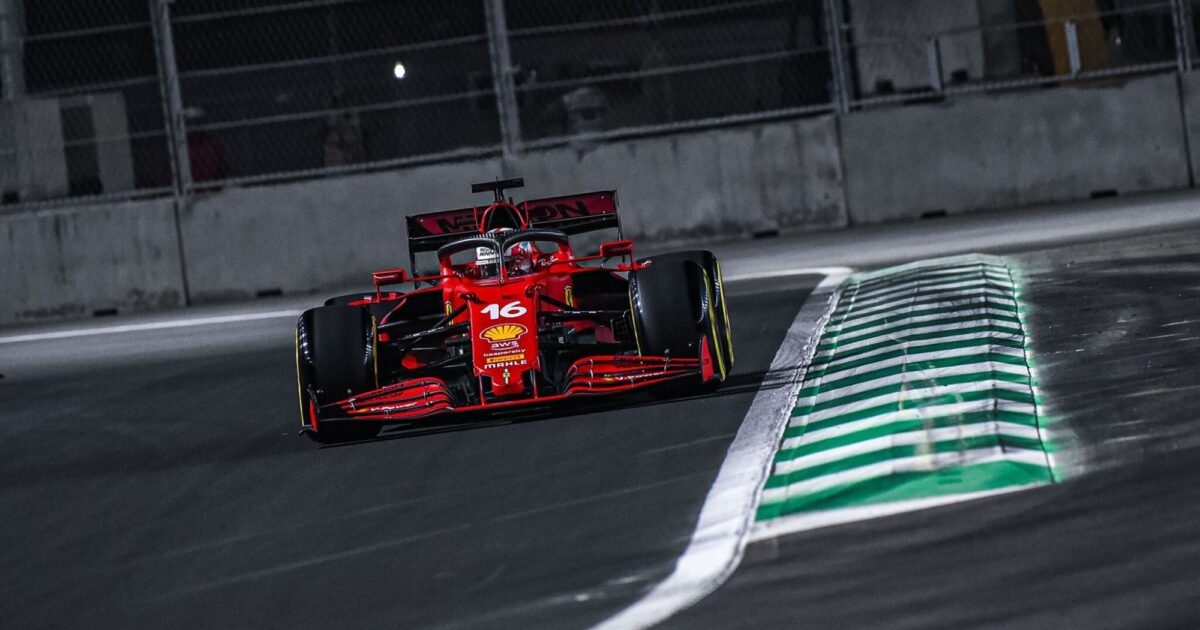Ferrari hoping for fewer crashes: Less money for development in 2022

Ferrari’s Sporting Director, Laurent Mekies, has said that upgrades won’t be introduced as frequently in 2022, compared to previous seasons, with the budget cap tightening slightly in the second year of the newly-introduced financial restrictions.
While teams had $145 million dollars maximum to spend in 2021, the budget cap shrinks to $140 million dollars for 2022.
Despite the revolutionary regulation changes incoming for the new season, upgrades won’t be as frequent as when the teams could spend what they liked until the end of the 2020 campaign.
“There is less money available for development during the season, because the overall budget has also shrunk,” Mekies explained.
“We will see more upgrades than in the 2021 season, but also fewer than in 2018 or 2019.”
With Carlos Sainz and Charles Leclerc no strangers to accidents and crashes in 2021, Mekies is hopeful that less of the budget will be needed to be spent on repairs and parts.
“We encouraged our drivers to sound out the limits,” he said of 2021.
“Because the competition between the two of them helps us advance. This year [2021], there was relatively little development on the car.
“We were able to live better with accidents in terms of budget. That will be different in 2022; we need all the money for vehicle development.”
“More difficult cars to drive”
The regulation reset will give every team a chance to hit the ground running, but Mekies wouldn’t make predictions on where the team’s new challenger might end up slotting in.
“We have no idea where we stand compared to the others,” he explained.
“There is no reference [with the 2022 regulations]. In the beginning, the loss of lap time was huge. We made up a lot of it, but nobody knows if that is enough.
“You put the car on the road in Barcelona [testing] and hope that it does what the simulations and the wind tunnel promise.”
But even if a team does get the rules completely wrong to start, Mekies is confident that the nature of the regulations will allow them to quickly rectify mistakes with their design.
“After six weeks, it [the gap] will be less and, by 2023, the cars will be pretty much the same. The window of what is feasible is simply much smaller than it is today,” he explained.
“The cars will certainly be more difficult to drive. It will depend a lot on the driver how they adapt to them. We are well equipped with Charles and Carlos. Both get to their goal in different ways.”




